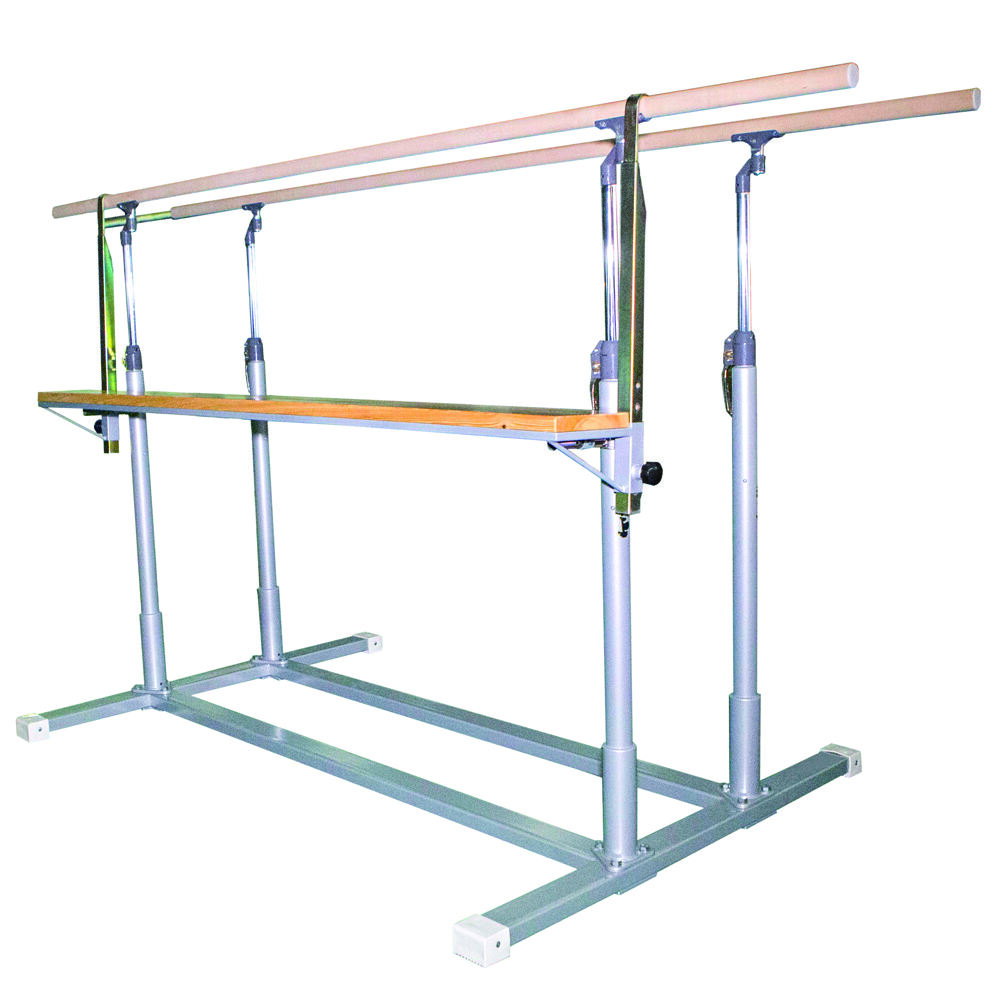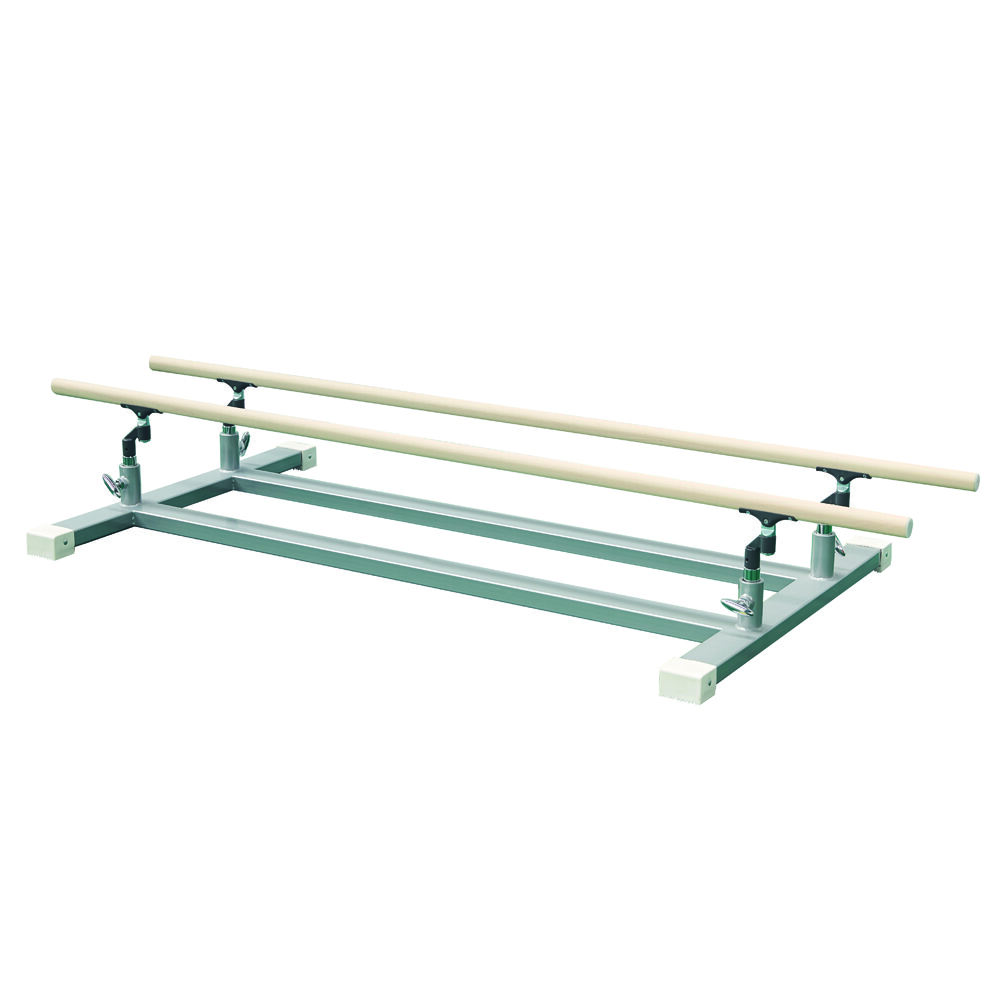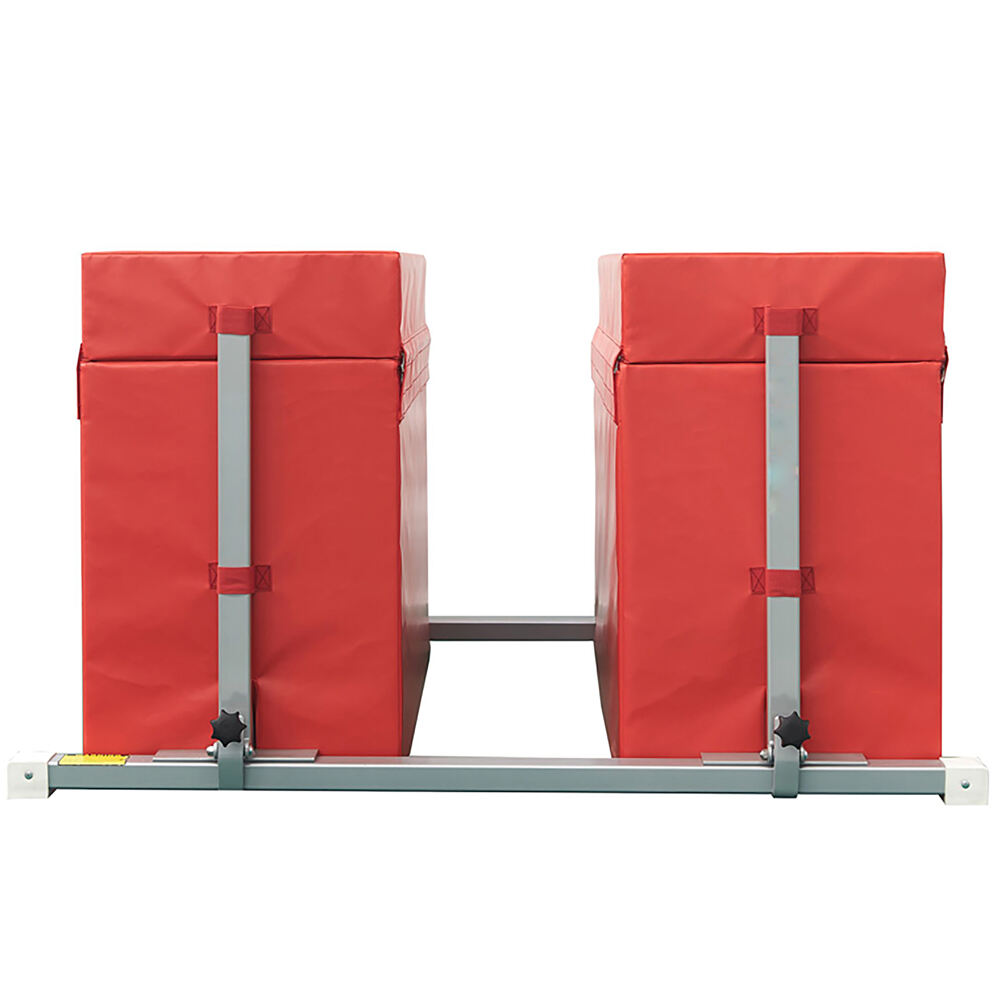men's bars gymnastics
Men's bars gymnastics, also known as parallel bars, represents one of the most challenging and technically demanding disciplines in men's artistic gymnastics. This apparatus consists of two wooden or synthetic bars set parallel to each other, positioned approximately 6.4 feet (1.95 meters) above the ground and 11.4 inches (29 cm) apart. Athletes perform complex routines that combine strength, balance, and dynamic movements, including swings, holds, releases, and dismounts. The discipline requires extraordinary upper body strength, coordination, and spatial awareness. Modern parallel bars are equipped with specialized grip surfaces and precise tension adjustment mechanisms to ensure optimal performance and safety. Athletes must execute a series of elements that demonstrate various skills: static strength holds, dynamic swings, flight elements, and combinations of these movements. The routines typically last between 30-40 seconds and must include a minimum number of specific skill groups to meet competitive requirements. The apparatus itself has evolved significantly, incorporating advanced materials and engineering to provide consistent flex and optimal grip properties, allowing gymnasts to perform increasingly complex routines while maintaining safety standards.


